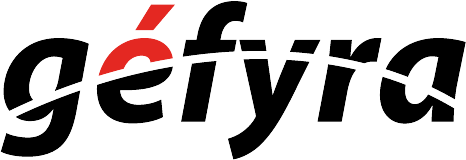We are diving deep into using GeoJSON and using Leaflet plugins to enhance our capabilities to storytell data through data visualization on maps.
That’s where Module 14 comes in on how to code with JavaScript, and using D3.js as a library to manipulate data.
This type of work is usually done by a data analytics engineer rather than a data analyst. They are sometimes interchangeable because data visualization with maps is a staple in some companies, such as Uber and Lyft.
To reemphasize, data visualization on maps is not for every industry and company. If you’re keen on being part of a product that specializes using mapping data, then this module is essential. If you’re not keen on being part of a product that specializes using mapping data, it is a nice to have but not necessary.
- The reason I’m suggesting this is for you to learn how to pick your battles during job search and getting to a level of proficiency in terms of your newly developed skills.
- With time, you can ace every module, topic or subject. However, not everybody has the benefit of time, especially if you’re trying to do a mid-career switch or looking for a new job.
Map the New York City (NYC) Neighborhoods
Let’s open up the file(s) in the 01-Evr_BasicNYCBoroughs folder to get started.
In this activity, we will combine our knowledge from D3.js, and apply it into our map here.
From logic.js to logic4.js, you will see how the code evolves so that you can observe how we can shape our map step by step.
Create a Heat Map of Water Hydrants in Western Australia
Let’s open up the file(s) in the 02-Evr_HydrantsHeatmap folder to get started.
Why do we use plugins?
- We want to spend as little time with code and as much time delivering value in terms of insights and actionable items through data visualization. Plugins shorten our development time significantly by introducing functionality that we need.
- Many of these plugins have community support and goes through rigorous testing. It lowers the barrier of entry for beginners to use these functionality.
Available Leaflet plugins ref: https://leafletjs.com/plugins.html
GeoJSON link for download: https://2u-data-curriculum-team.s3.amazonaws.com/dataviz-classroom/v1.1/15-Mapping-Web/Water_Hydrant_WCORP_070_WA_GDA2020_Public.geojson
GeoJSON source: https://catalogue.data.wa.gov.au/dataset/water-hydrant
Students Do: Map Rodent Clusters
Let’s open up the file(s) in the 03-Stu_MarkerClusters folder to get started.
Students Do: Create a Choropleth Map
Let’s open up the file(s) in the 04-Par_SchoolDistrictChoropleth folder to get started.
What is a choropleth map?
In layman terms, it is a visualization that uses gradient colors to represent intensity, similar to a heatmap.
Groups Do: Create a Map of Your Own
Activity is found in the powerpoint slides.
We will be doing a mini presentation at the end of class.
- The goal is not on the presentation itself. The goal is to build a working map, and so don’t worry about the presentations.

